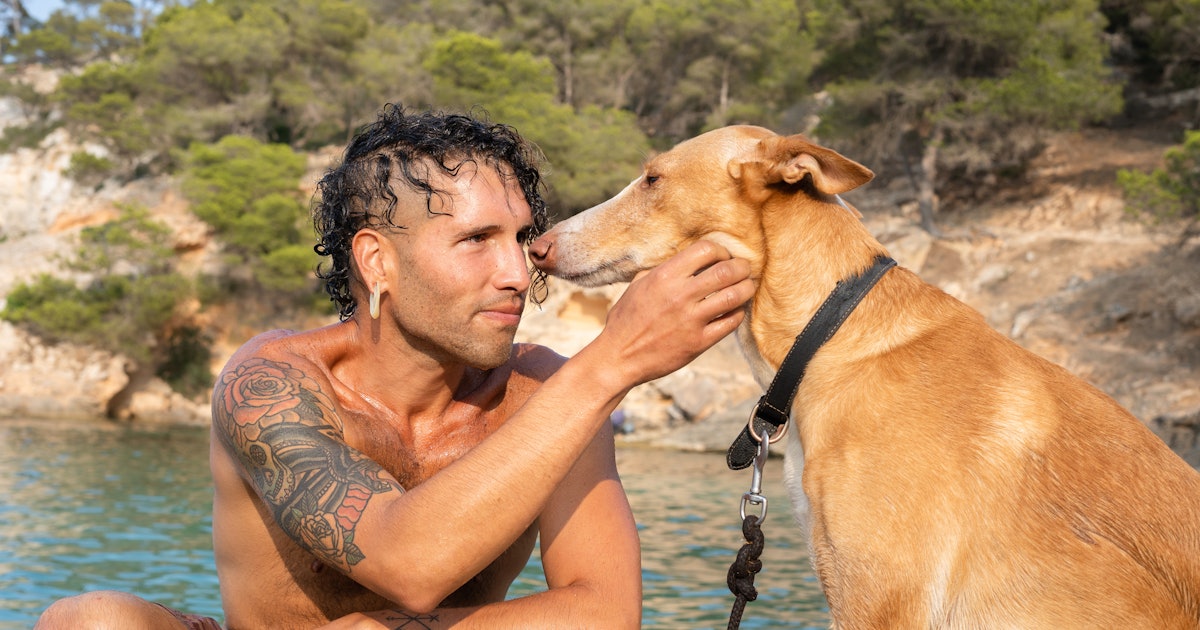Based on the image, they definitely boned.
I’ve only read the headline but I bet it fucking did
In fact I’d love to trip with a dog
I took acid around my cat once. I think he could tell something was wrong and kind of tried to bring me round.
I’d imagine it’s also the dilated pupil thing. Makes you look stressed.
Yea, I did probably look different to normal
Once LSD becomes approved medication for ASD, my doctor will hear about my condition very fast
Using 10 beagles, the team performed 5 days of social experiments on pairs of unfamiliar dogs and humans. Participants wore electroencephalogram (EEG) caps to measure brain activity during 3 social interactions: when the human and dog were in different rooms, in the same room but not interacting, and in the same room while interacting, each for 5 minutes at a time. Inter-brain synchronization, the authors found, increased in the frontal and parietal lobes of the brain, both of which deal with attention, during the most intense social interactions like petting and looking at each other. This correlation continued to strengthen over the 5 days.
This is the baseline for comparison in the paper.
Next, the authors repeated the experiment using 13 dogs bred with Shank3 mutations, which are the most common genetic risk factors for ASD (autism spectrum disorder). The Shank3 mutants showed a loss of inter-brain activity coupling during interactions with humans, indicating this connection’s absence. However, 24 hours after administering a dose of LSD (7.5 μg per kg^-1 bodyweight), the authors observed much higher inter-brain correlation in the dogs’ frontal and parietal brain regions, outperforming dogs who had received a saline solution.
kg ^ -1 = 100 grams. So you can read it as 7.5 μg of LSD per 100 grams of dog. As to why that dose, from the paper:
we conducted a pilot study to determine an appropriate LSD dose at 7.5 µg kg−1 bodyweight, as 10 µg kg−1 bodyweight (inferred from previous reports on mice[13]) showed an apparent head-shaking effect, while 5 µg LSD kg−1 bodyweight showed no recognizable effect on the behaviors.
Full paper - https://onlinelibrary.wiley.com/doi/10.1002/advs.202402493



